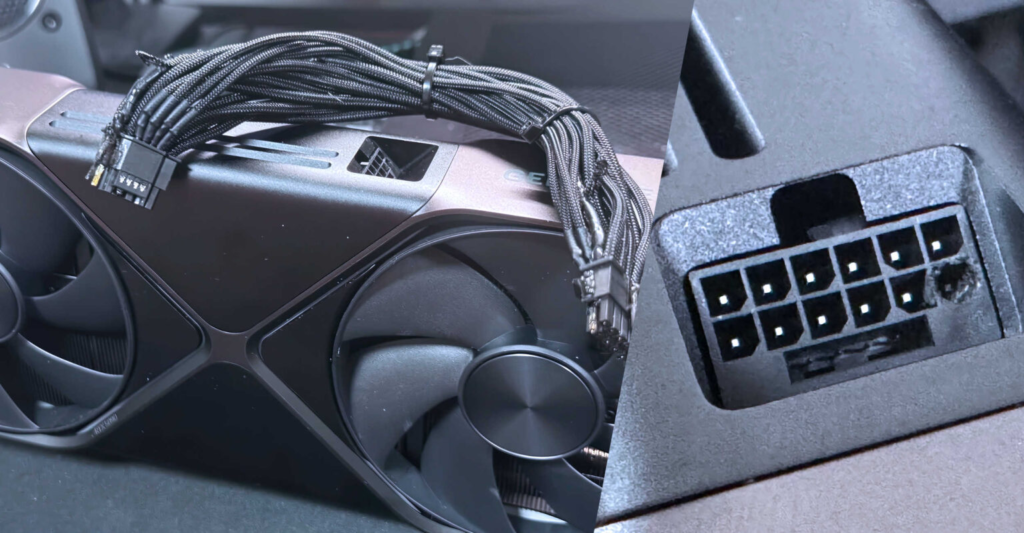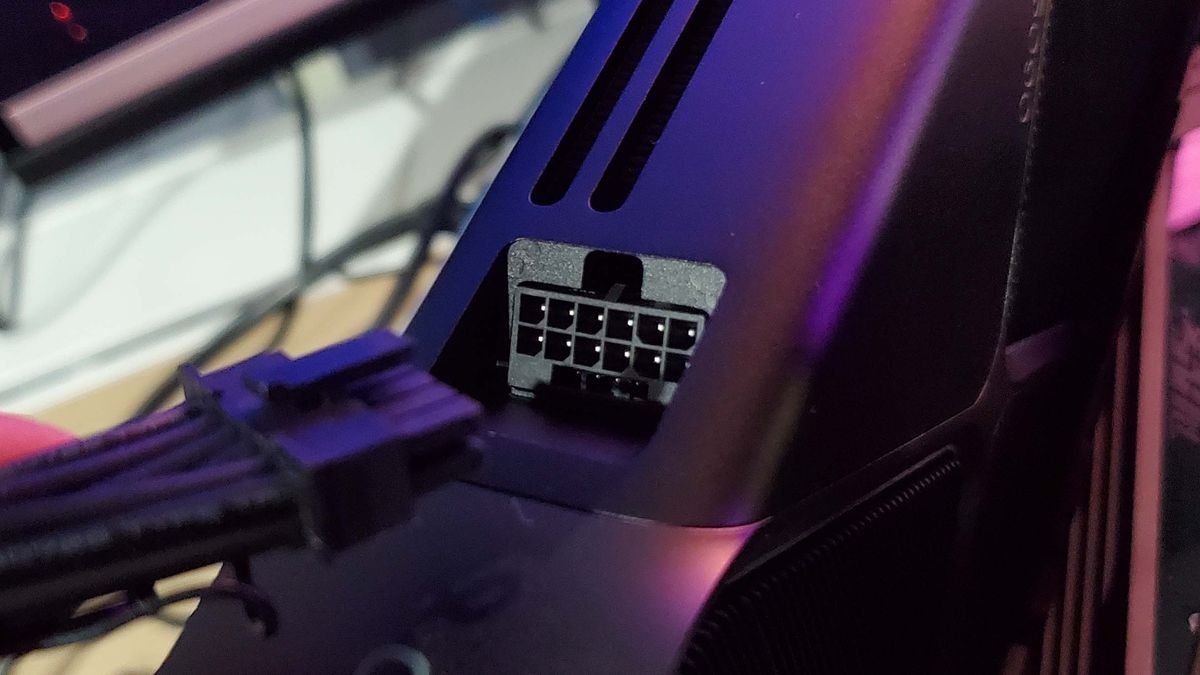As Nvidia’s RTX 50-series graphics cards continue rolling out, users are encountering a high rate of power cable failures, with reports of 12VHPWR/12V-2×6 cables melting inside the RTX 5090 and 5080 GPUs. Despite Nvidia’s claims that its redesigned 12V-2×6 connector would prevent issues that caused in RTX 4090, multiple reports suggest that the still problem persists, raising serious concerns about safety and durability.
YouTube channel BuildZoid and a viral Reddit post by an alleged Intel engineer argue that Nvidia’s power delivery system is flawed. BuildZoid points to the removal of shunt resistors, which are crucial for monitoring power flow and preventing overloads. Older GPUs in the 30-series and earlier generations used multiple shunt resistors to balance power draw, but with the RTX 50-series, Nvidia has reportedly reduced their number, making it impossible for the card to detect cable failures. If wires break, the GPU cannot regulate power properly, potentially causing dangerous overheating or even fire hazards.

Adding to the concerns, the 5090 Founder’s Edition is said to use only one shunt resistor, increasing the risk further. Some third-party GPU manufacturers, like ASUS ROG Matrix 4090 and Astral 5090, have added extra safety mechanisms, but these do not fully eliminate the risks posed by improper power regulation.
A Reddit user claiming to be an Intel electrical engineer further explained that 12VHPWR connections operate at their absolute amperage limit, unlike 8-pin and 6-pin connectors, which have built-in safety margins. The micro-fit 12VHPWR connectors reportedly carry 600W at dangerously close tolerances, leaving no room for failure, which is why melting incidents are still occurring despite Nvidia’s connector redesign.
Nvidia has not issued an official statement on why these failures are happening. Initially, the company blamed user error for the melting cables seen in the RTX 4090, but it later introduced the 12V-2×6 revision to improve pin length and connection stability. While some suspect that inferior metals used in third-party cables might be part of the issue, the lack of proper voltage regulation on Nvidia’s own cards remains a major concern.
For now, potential RTX 5080 and 5090 buyers may want to proceed with caution, considering alternative power connectors where available or waiting to see if further hardware issues emerge in the coming weeks. Given the limited stock and high demand, many interested buyers are already on hold, making it an ideal time to monitor how widespread these failures become before making a purchase decision.



